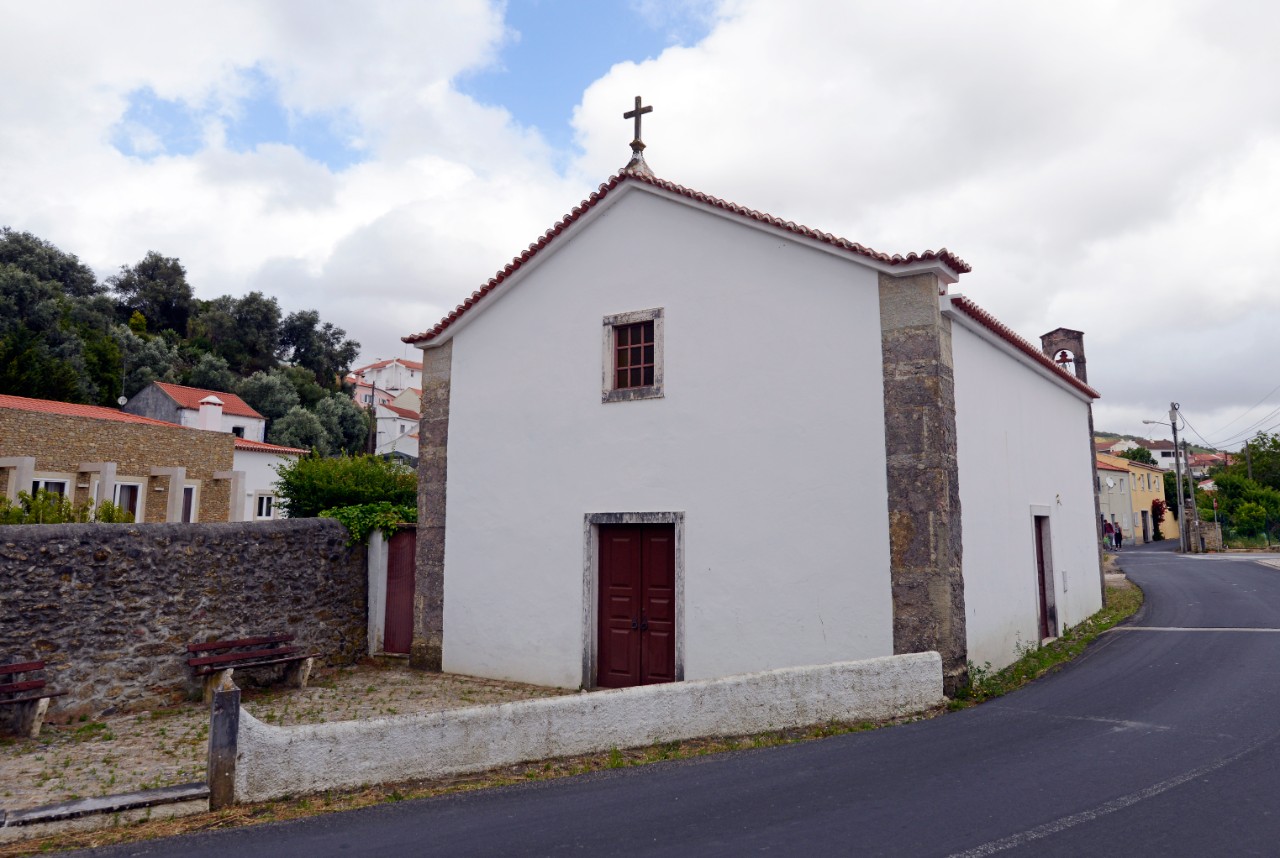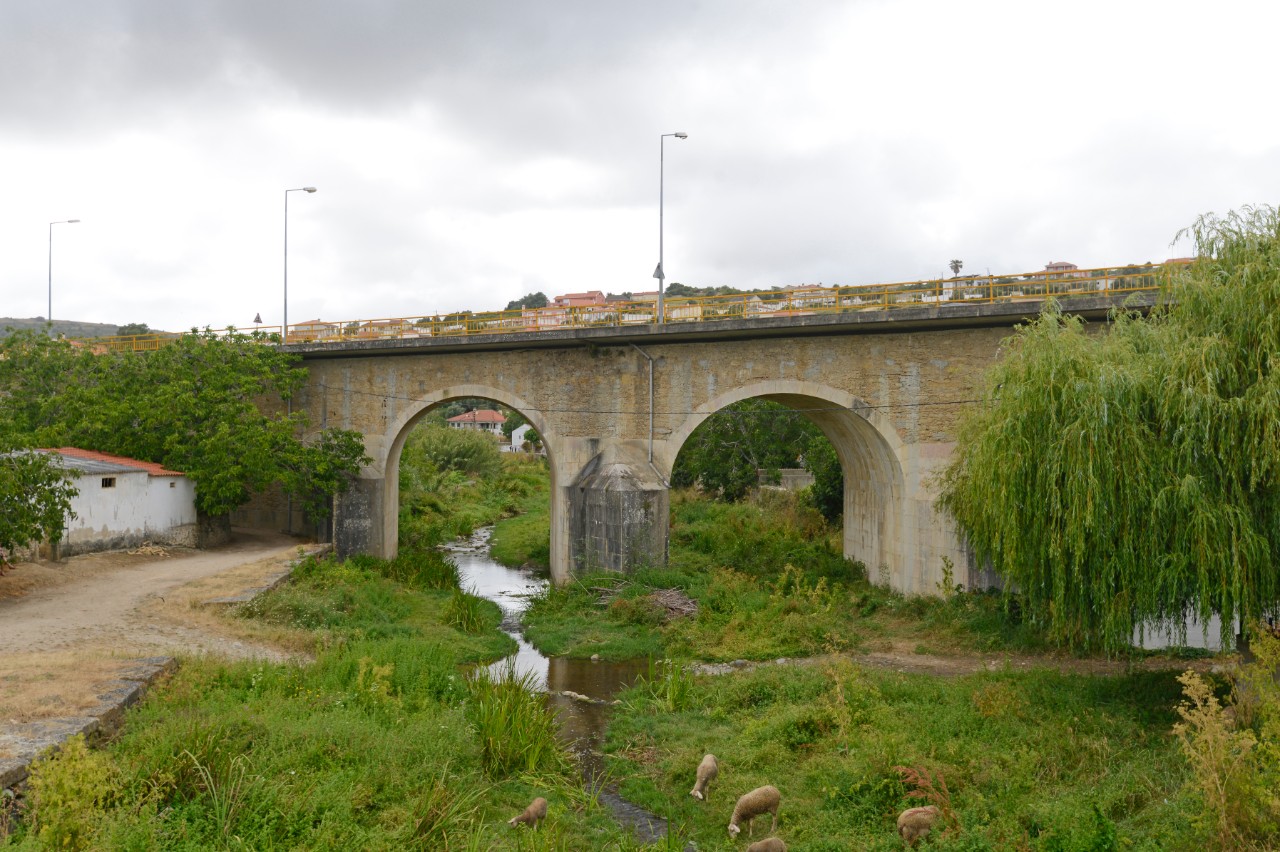Mafra
Tomorrow could not be worse, but they knew in their hearts that it would be a thousand times worse. They remembered the road that descended to the valley of Cheleiros, tose narrows curves, those dreadful slopes, those step cuttings that fell almost sheer to the road (…) When it was almost time for supper, they reached an elevation from wich they could see Cheleiros lying at the bottom of the valley (…)
Built in the 13th-14th centuries, eventually replacing or reusing an ancient passage of Roman origin, it consists of a wide perfect back arch, on which a double ramp easel board was launched, as was frequent in the Middle Ages. It is possible that it is contemporary with the primitive mother church of the locality, but it was the object of many consolidation campaigns, the last of which was in the 1980s.

Very damaged by the 1755 earthquake, the chapel was restored in 1986, preserving the bulk of its original Manueline construction (16th century). Classified Property of Municipal Interest, in 1982, the triumphal arch, ornamented with Manueline elements stands out. Its closing stone is decorated with a human bust, with beard and crown. It should represent the coronation of the Holy Spirit. The Albergaria (Hostel), intended to house the poor, pilgrims and travellers, is one of the testimonies of Cheleiros’ status as a place of passage, where one stayed overnight and regained strength for the next journey. Founded in the Middle Ages, it remains the main portal, from the 17th century, of classic appearance and protected by a religious image, which has unfortunately disappeared.
There is no data on the primitive construction of this bridge. The earliest material remains suggest a pre-industrial era, possibly in the second half of the 18th century or beginning of the next one. It was surely worked on at the end of the 19th century, and is a perfect two-arch bridge, reinforced with three upstream carvings. Its monumentality contrasts with the simplicity of the neighbouring medieval bridge. The current board is the result of a construction campaign from 1922.
